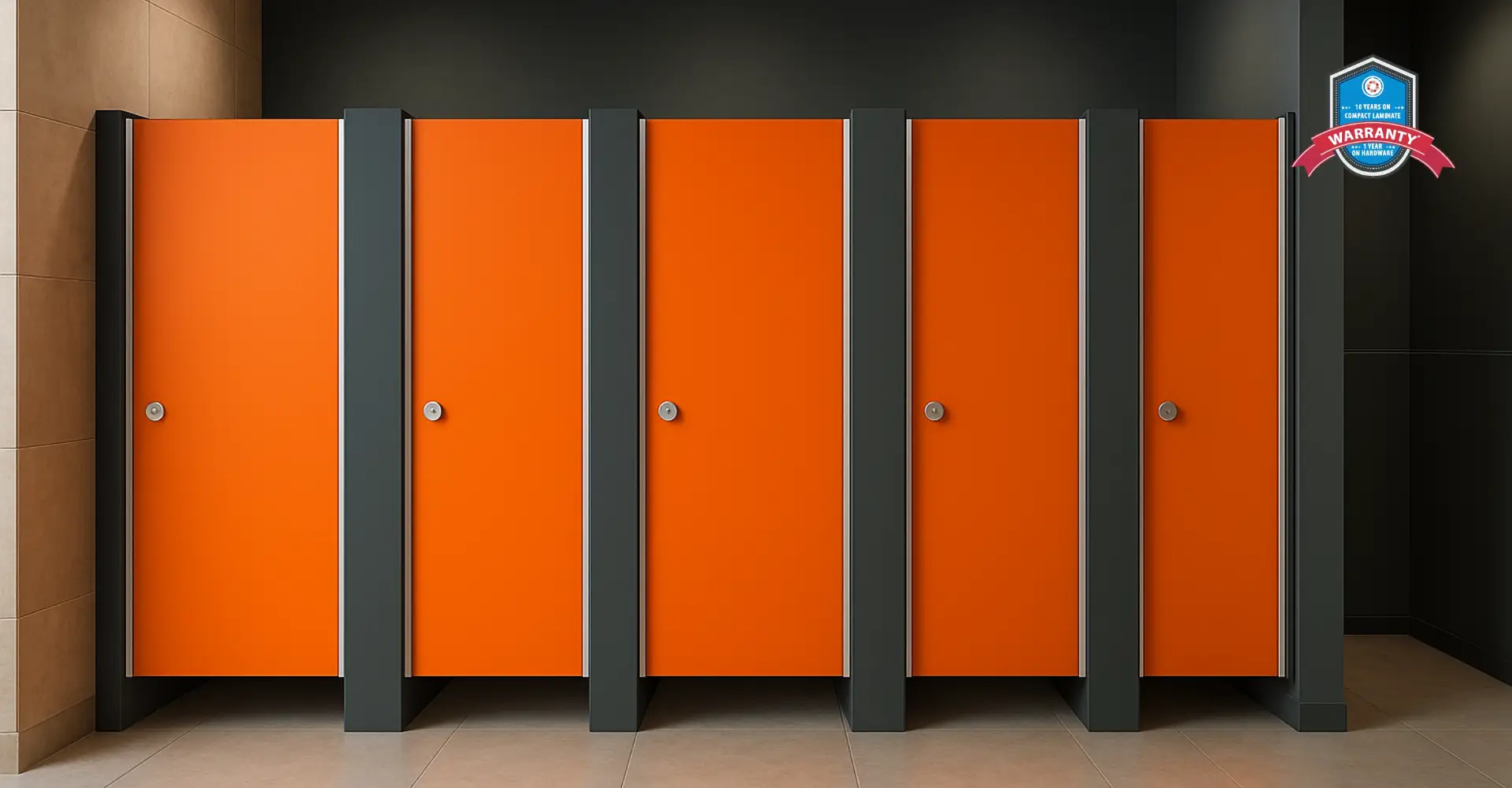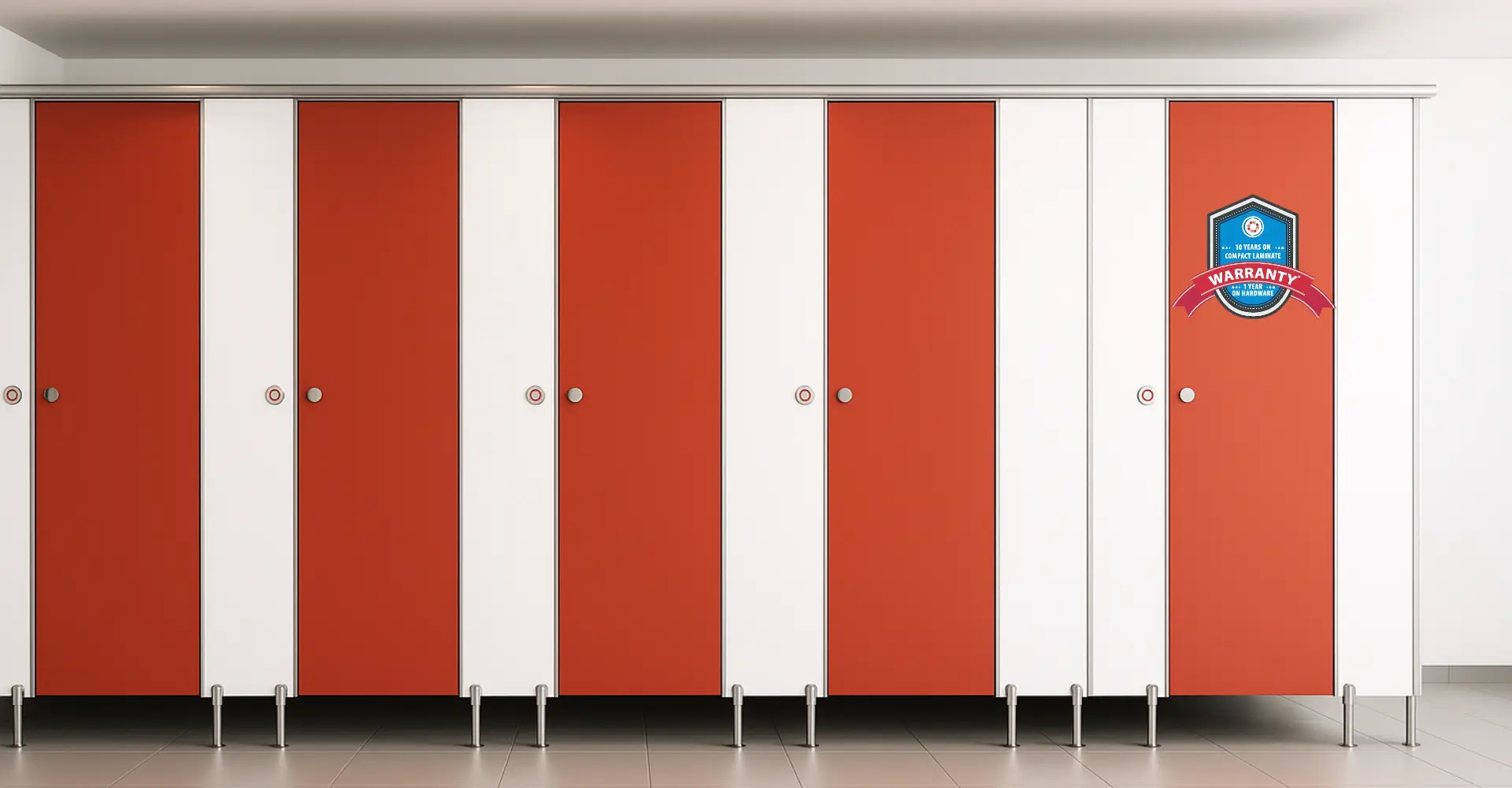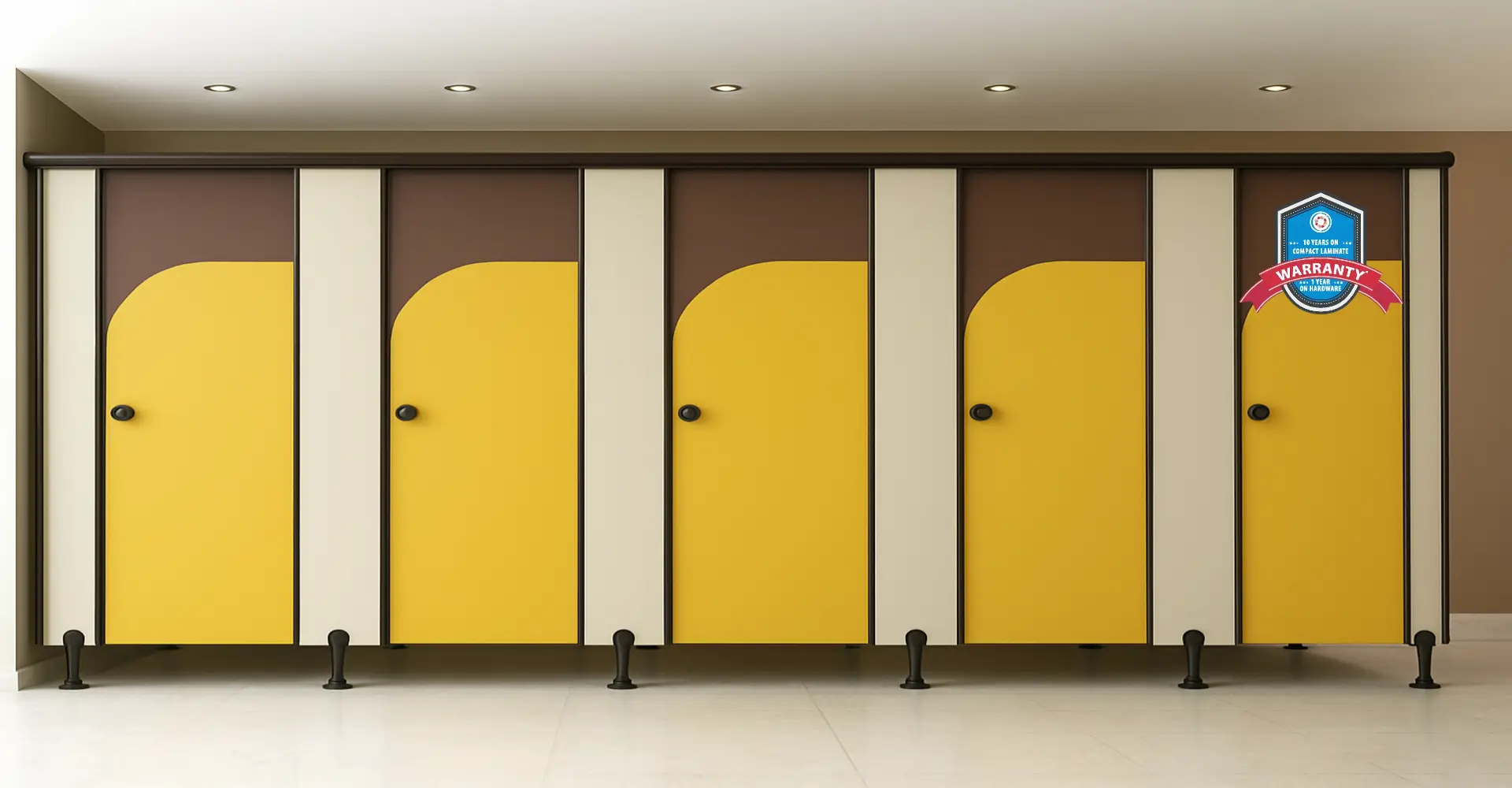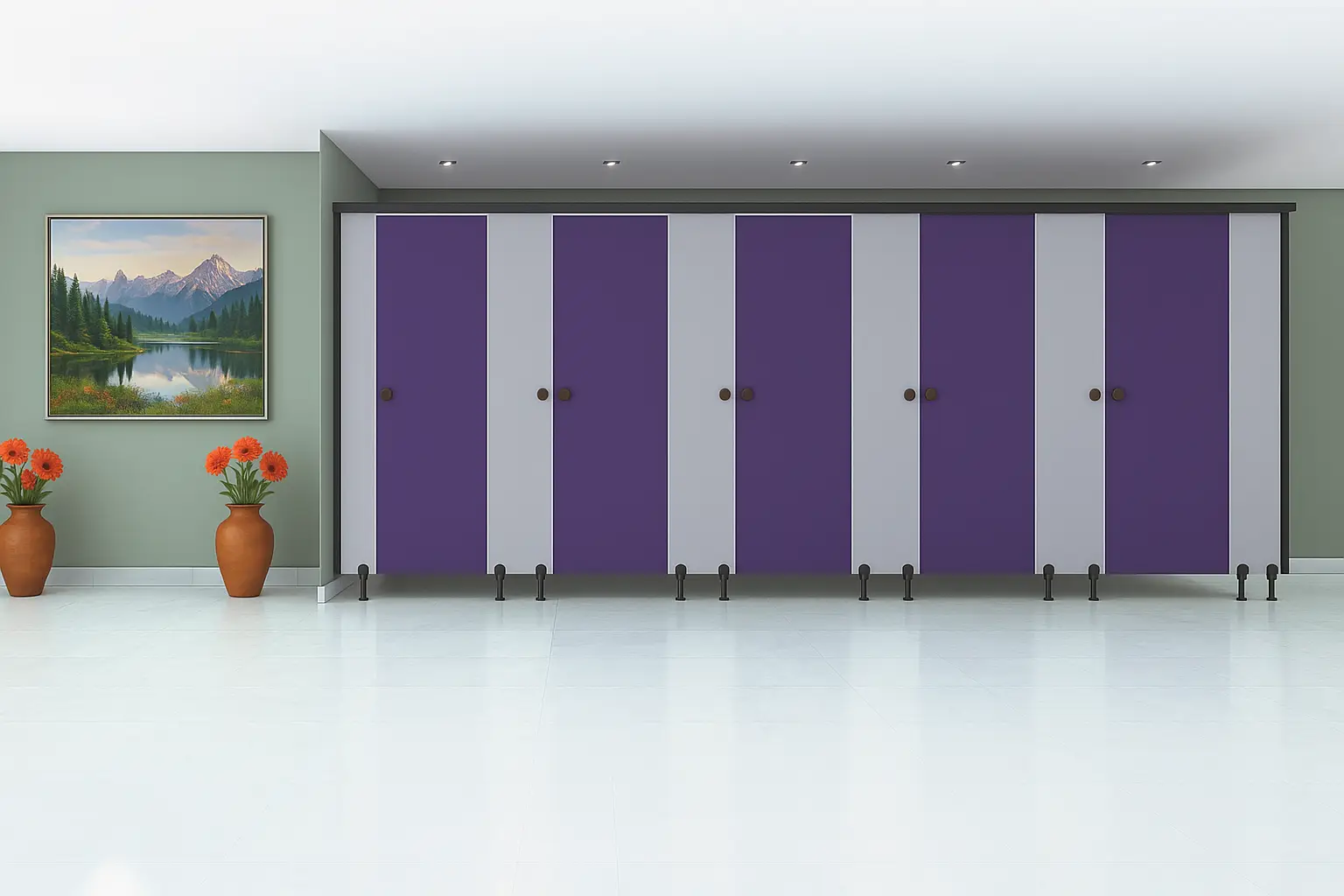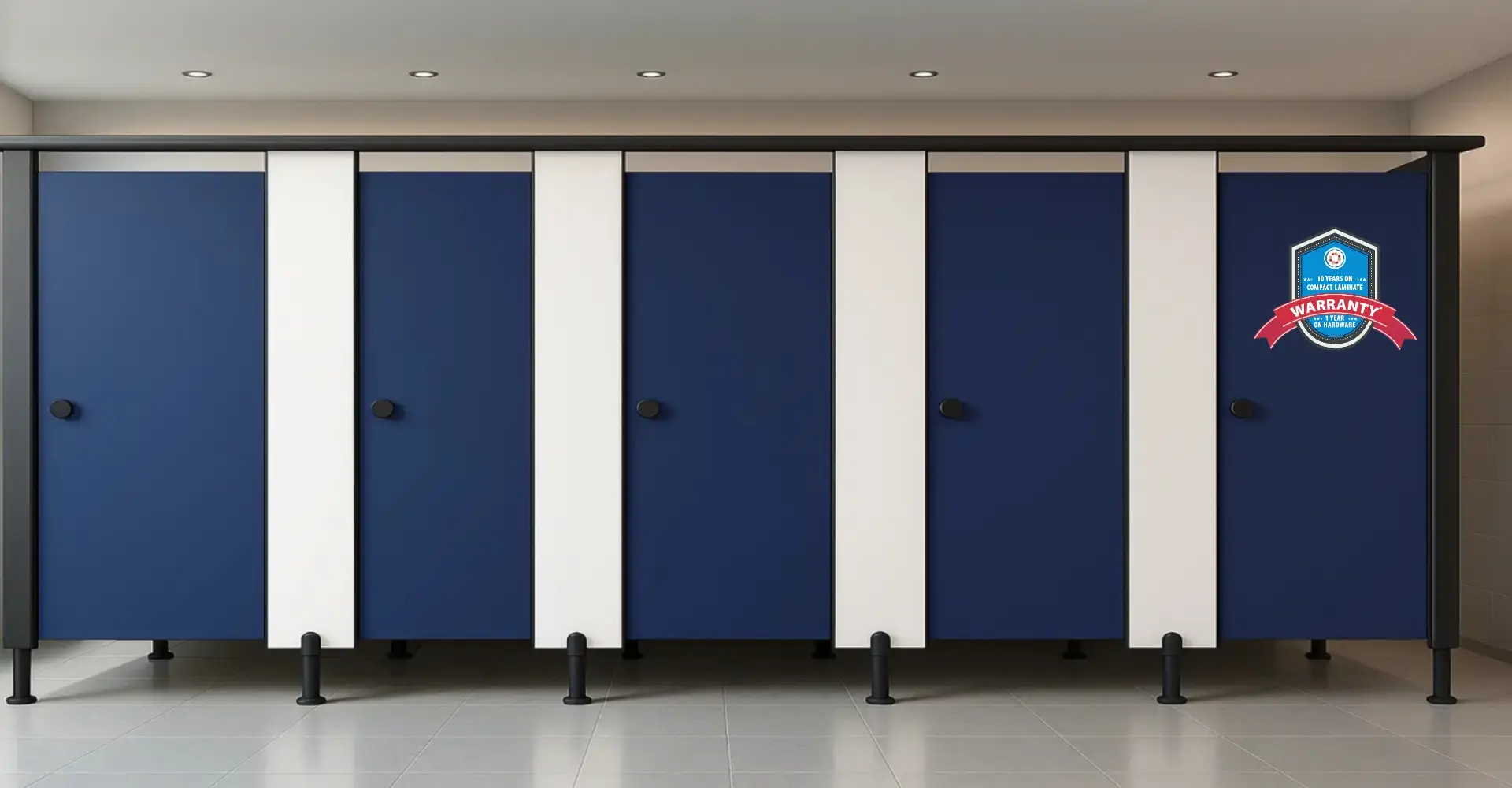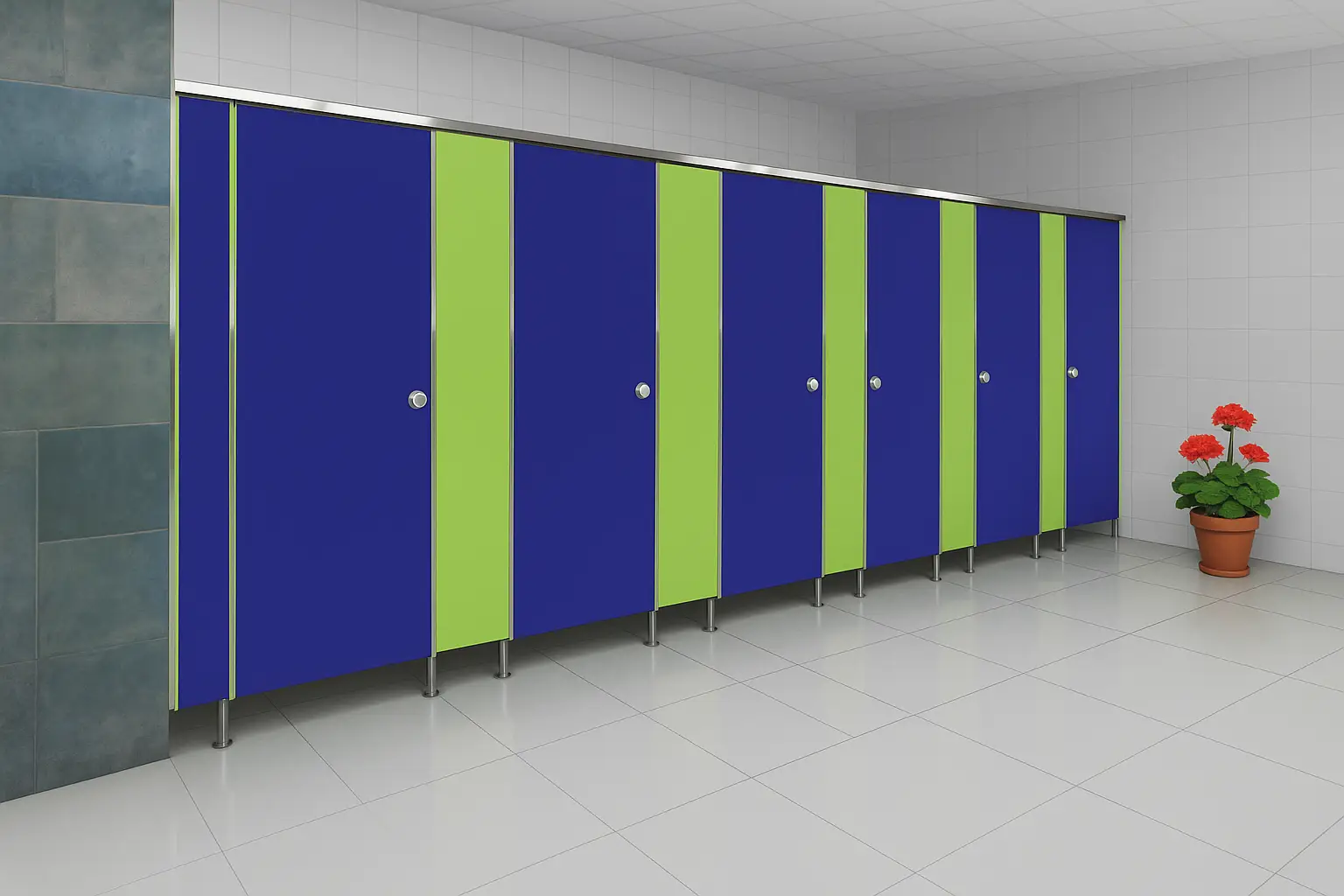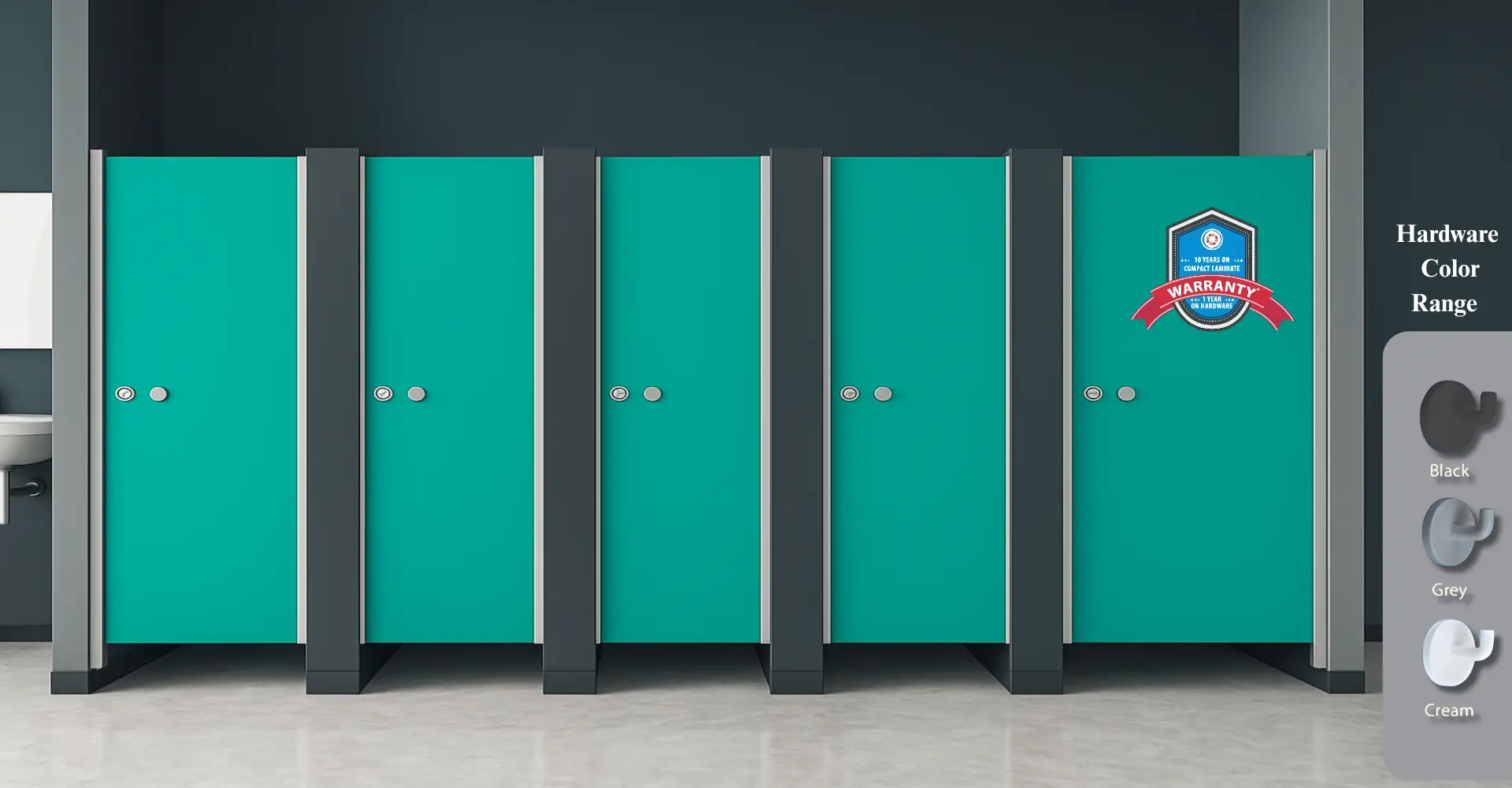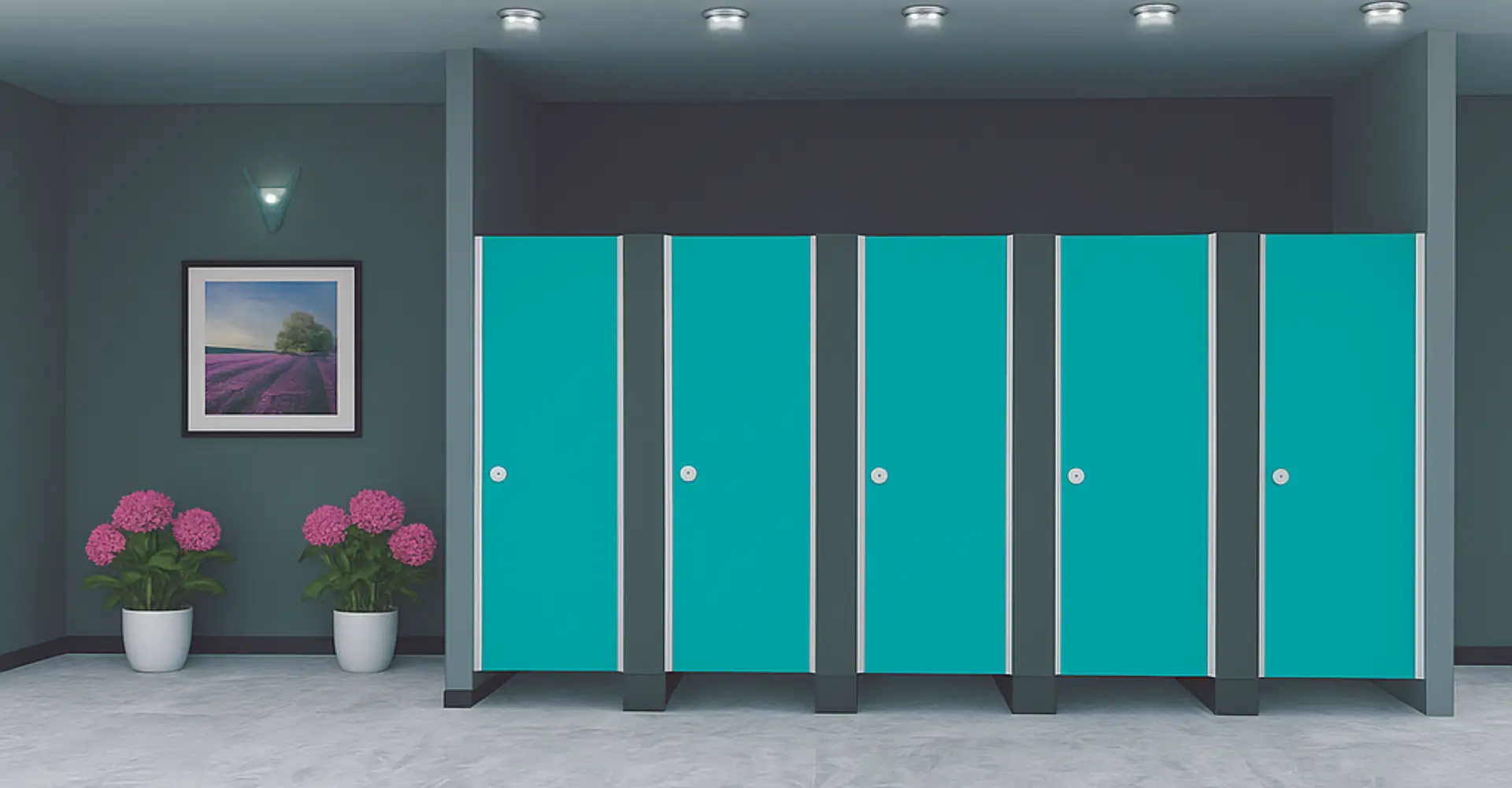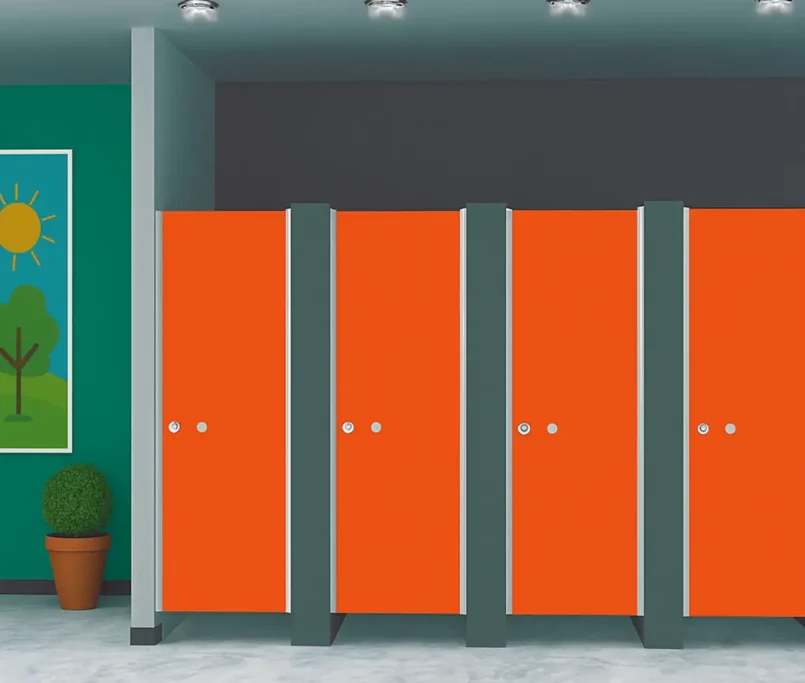Introduction
In today’s digital age, smart technology is transforming every corner of our daily lives—including public and commercial restrooms. As hygiene, user comfort, and operational efficiency gain importance, toilet partitions are no longer just about providing privacy. They are becoming part of a smart ecosystem designed to deliver a seamless and sanitary user experience. This blog explores the integration of smart technologies into restroom partitions, highlighting features like occupancy indicators, touchless access, and real-time maintenance alerts. We will also discuss the benefits, challenges, and future trends shaping smart restroom solutions.
1. The Need for Smart Restrooms
The demand for smart restrooms has surged, especially after the COVID-19 pandemic, which emphasized hygiene and reduced physical contact. Facility managers are now prioritizing cleanliness, monitoring, and user comfort—all of which can be enhanced through smart restroom solutions.
Key Drivers:
- Health and hygiene awareness
- Operational efficiency
- Enhanced user experience
- Sustainability and resource management
2. Occupancy Indicators: Enhancing Privacy and Flow
One of the most prominent smart features in modern toilet partitions is the occupancy indicator. These systems use sensors and LED lights to indicate whether a stall is occupied, eliminating the need for users to knock or check manually.
Benefits:
- Reduces wait times
- Enhances privacy
- Improves user flow in high-traffic areas
- Can be integrated with facility management systems
Some advanced systems even display stall availability on external screens or mobile apps for larger restrooms in airports, malls, and offices.
3. Touchless Entry Systems
Touchless technologies minimize contact with surfaces, reducing the spread of germs. Smart restroom cubicles now incorporate:
- Motion-activated doors
- Voice-controlled or app-enabled access
- Foot pedals or wave sensors for entry/exit
Advantages:
- Improved hygiene
- ADA-compliant options for accessibility
- Seamless experience for users
4. Real-Time Maintenance Alerts and Monitoring
Smart partitions can be equipped with sensors that detect usage patterns, cleaning schedules, and even supply levels (e.g., toilet paper, soap dispensers). These sensors transmit real-time data to facility managers.
What Can Be Monitored:
- Number of uses per stall
- Cleaning frequency alerts
- Malfunction or vandalism notifications
- Air quality or odor detection
Impact:
- Optimized cleaning schedules
- Preventive maintenance
- Lowered operational costs
5. Integration with Building Management Systems (BMS)
Modern smart restroom components are often part of a larger Building Management System. By integrating with BMS, facility managers gain centralized control and analytics.
Features of Integration:
- Energy and water consumption tracking
- Usage heatmaps
- Predictive maintenance alerts
- User feedback collection
6. Design Considerations for Smart Partitions
To accommodate smart technologies, restroom cubicle design is also evolving. New partition systems feature concealed wiring, sensor-friendly materials, and modular panels for easy upgrades.
Key Design Innovations:
- Antimicrobial surfaces
- Hidden compartments for tech modules
- Sleek and minimalist aesthetics
- Compatibility with multiple tech vendors
7. Challenges and Considerations
While smart restroom partitions offer numerous benefits, they come with a few challenges:
Challenges:
- High upfront installation costs
- Need for regular software and hardware maintenance
- Data privacy and cybersecurity concerns
- Resistance to change from traditional users
Mitigating these challenges requires user education, proper planning, and vendor support.
8. Future Trends in Smart Restroom Technology
The future of restroom partitions will likely include:
- AI-Powered Analytics: Predict user patterns and optimize facility operations
- Voice Recognition: Personalized stall experiences
- UV-C Sterilization: Automated disinfection of surfaces between users
- Green Technology: Sensors for water conservation and eco-certifications
As workplaces, retail environments, and public venues become more tech-savvy, the demand for intelligent restrooms will continue to rise.
Conclusion
The integration of smart technology into toilet partitions represents a major shift in how we design and experience restrooms. These innovations are not just about convenience—they are critical to improving hygiene, efficiency, and sustainability. As we move toward smarter buildings and connected infrastructure, restroom cubicles will play a crucial role in the overall user experience. Facility managers, designers, and business owners must now think beyond traditional setups and embrace smart restroom solutions to meet modern expectations.
FAQs
Q1: Are smart restroom partitions expensive to install?
A: While they can have higher initial costs, smart partitions often result in long-term savings through reduced maintenance and improved efficiency.
Q2: Can smart partitions be retrofitted into existing restrooms?
A: Yes, many smart features like occupancy indicators and touchless access can be integrated into current restroom setups.
Q3: How secure is the data collected from smart restrooms?
A: Reputable providers implement strict data security protocols and anonymize user data to ensure privacy.
Q4: Do smart restrooms require constant internet connectivity?
A: Many systems operate locally with periodic cloud syncs, but consistent internet enhances real-time monitoring and analytics.
Q5: What industries benefit most from smart restroom technology?
A: Airports, shopping malls, corporate offices, hospitals, and educational institutions are key beneficiaries of smart restroom integration.


